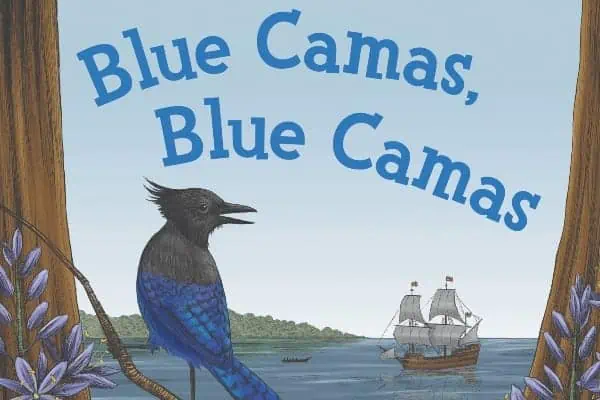“To come here is to travel into a past that still intrudes the present.”
–an excerpt from A Walk With the Rainy Sisters: In Praise of British Columbia’s Places, by Stephen Hume
Our environment says much to those who will listen, and author Stephen Hume is all ears. Distilled from curiosity and personal ruminations, Hume ponders the wonders and uncertainties of life in British Columbia in his book A Walk With the Rainy Sisters: In Praise of British Columbia’s Places. Thoughtfully collected and patiently journalled, Hume brings together awesome struggles and commonplace triumphs (and vice versa) in this introspective collection of stories.
From stories of “The Simple Joy of Rain” to “When Winter’s Light Fades,” Hume shares thoughts on what it is to watch the seasons ebb and flow. Based in most part on the coast, he delights in moss-covered maples, the brilliance of an unpolluted night sky, solemn barred owls, fly-fishing rivers, beachcombing and the arrival of spring.
And, yes, there’s a lot of rain and fog in the “Pacific North Wet,” but “a little damp is the price I pay for living amid the wonders of North America’s temperate rain coast,” he assures us.
However, this isn’t solely personal musings of natural wonders. To intimately know a place is to be in constant conversation with some of the ghosts of its past. Intertwined into B.C.’s diverse landscape is an ongoing history of First Peoples and European pioneers, colonial exploration, commercial trade and rural industry, and a complex social pattern born out of its mix.
Hume, a journalist for 45+ years, integrates his research talents into the book’s vignettes, helping to highlight the intricate patchwork of those relationships with genuine and deliberate interest.
Honest and personable, Hume doesn’t shy away from critiquing those social narratives and voicing his concern about risky or destructive environmental practices; but amidst those warnings A Walk With the Rainy Sisters is highly celebratory in nature.
Beautifully written, with thick descriptions of first, second and third-hand experiences, I would suggest enjoying the Rainy Sisters in intervals to allow your introspective fog to burn off between readings.
This compilation isn’t an excessively long read and the stories are short, each only numbering a few pages, but I would suggest taking time to get through it. Hume covers a dense variety of themes and they read more like meditative observations that ask for further contemplation.
A Walk With the Rainy Sisters may be acutely focussed on British Columbia, but it’s reminiscent of any place you many know personally in that it is a reminder that every place and every person has a story (or multiple stories) entangled behind the outer mask. Hume shows us how taking time to listen and scratch just below the surface can offer a lifetime of discovery and appreciation.




